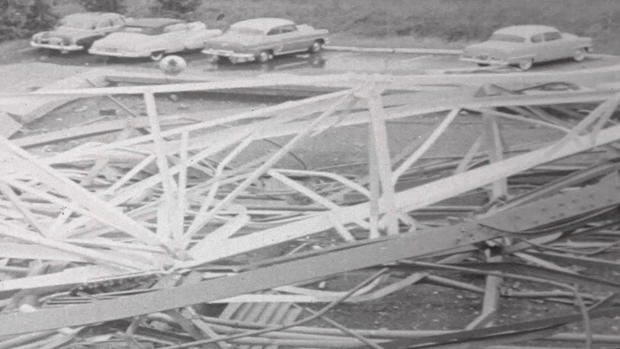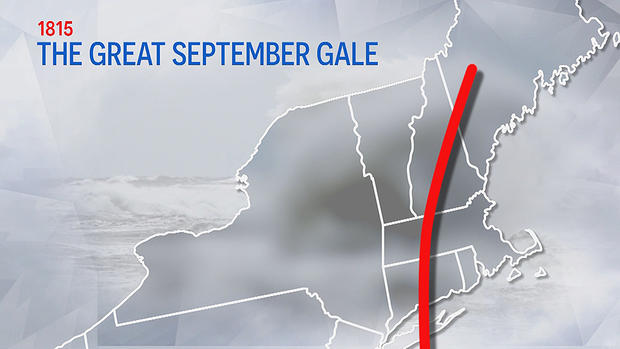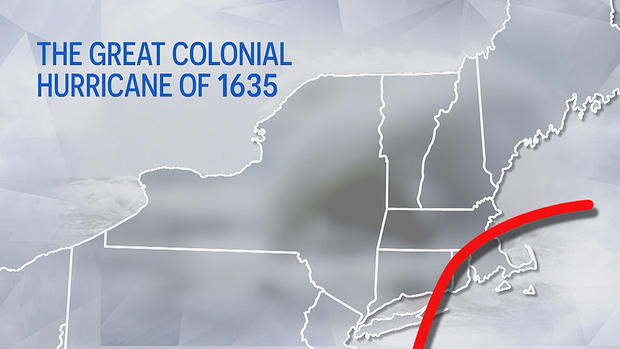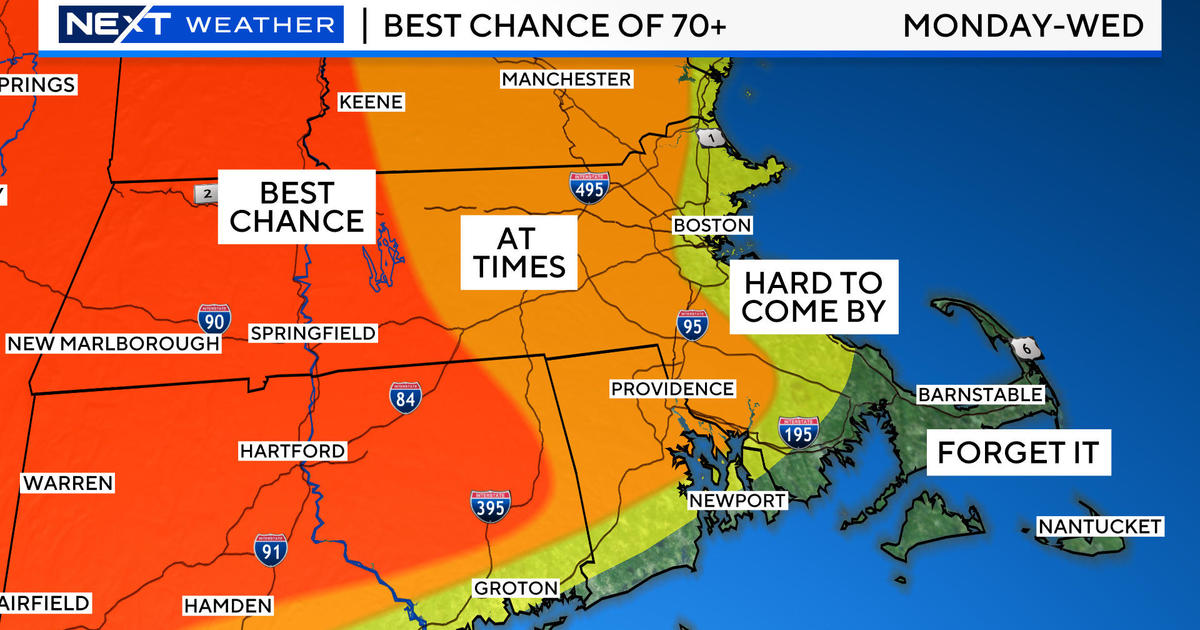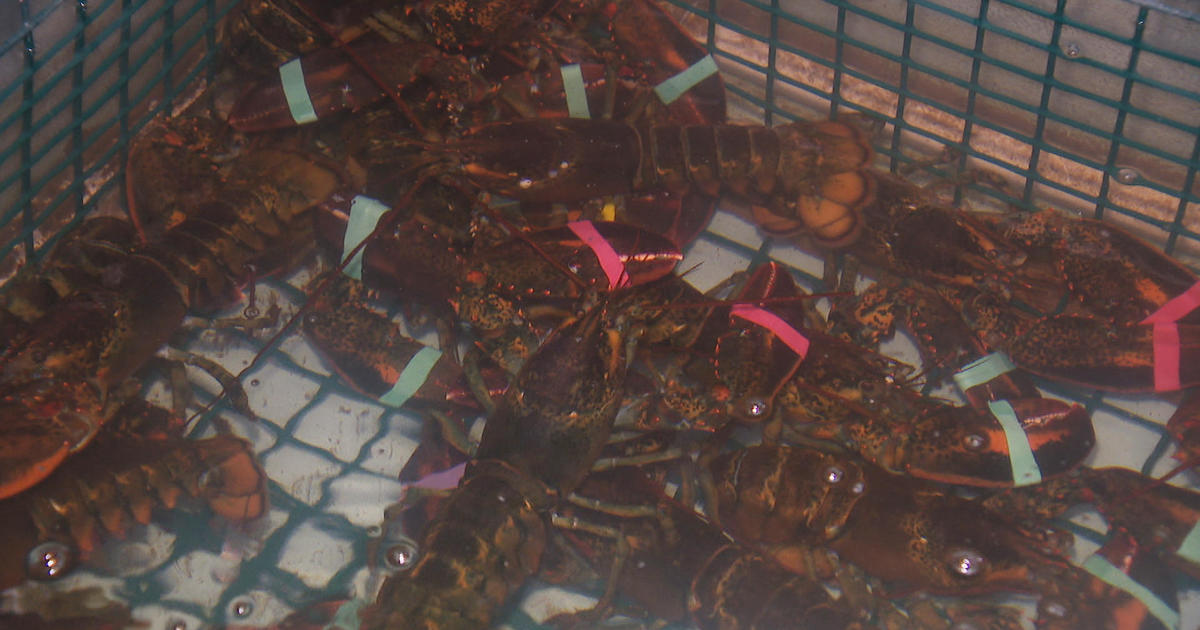Hurricane Bob Was The Last To Hit Southern New England 30 Years Ago, But It Wasn't The Last Major One
BOSTON (CBS) - Hurricane Bob was the last "big one" in New England when it hit on August 19, 1991. But in the scheme of storms it really wasn't a "big one."
Bringing the worst potential damaging winds and storm surge, major hurricanes category three or stronger have ripped through this part of the country.
When one returns, it'll be the first time we've been able to see it coming.
But will we be any better prepared?
The last time a major hurricane struck our shores, Eisenhower was president. Weather satellites and widespread radar didn't exist - nor did the National Hurricane Center. And a storm name had never been retired.
Carol changed that in 1954. The first name ever to be retired and the last category 3 to make landfall here, it came ashore near Groton, Connecticut on August 31st. Carol destroyed near 4,000 homes, and even tore down WBZ NewsRadio's transmission tower.
Amazingly, it was followed by powerful Hurricane Edna 11 days later, making landfall on Martha's Vineyard and Cape Cod.
Before that, it was the Great New England Hurricane of '38. This behemoth tore down so many trees in a matter of hours that it destroyed an area equivalent to the entire White Mountain National forest. No one even knew it was coming. Everyone went to school and work that morning in the sunshine, and had their lives ripped apart several hours later.
We need to jump back to 1815 for the previous Category 3 storm - the Great September Gale. A quarter of all property in Providence was destroyed by a massive storm surge, and salt was found pasted on windows as far away as Worcester.
And to greet the pilgrims, there came the Great Colonial Hurricane of 1635. A storm surge of 14-to-21 feet came into Narragansett Bay. The storm threw Anthony Thacher and his wife onto an island off Cape Ann after drowning the rest of their family, and the Thacher name remains today.
So what do these storms tell us about major hurricanes here?
They typically strike between mid-August and late September. They're usually moving fast. The landfall point has often been in southeast Connecticut. And they occur every 100-to-150 years. In other words, when they hit there isn't anyone around who remembers the last one.
But we will have an advantage no one else has enjoyed in the past - advance notice. Tropical outlooks are often made weeks in advance, forecast cones follow storms from the coast of Africa, and weather models give us a leg up to prepare. This leads to countless lives being saved thanks to evacuations and flood control.
Here's where we are most vulnerable - our forests are more widespread and mature than any other those other storms except the colonial hurricane. And population has boomed - putting more people and property in harm's way.
While infrequent, it's these worst-case storms that we need to think about when it comes to power outages, where we build, flood zones, and financial losses. Because the next one will tally in the tens of billions of dollars, and it's just a matter of time.
